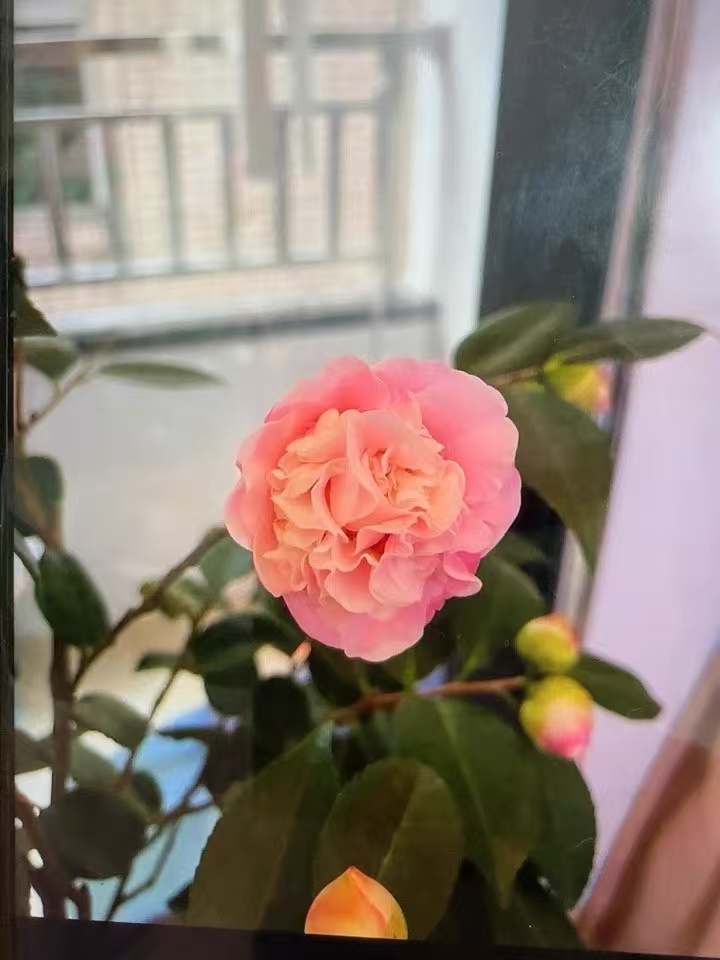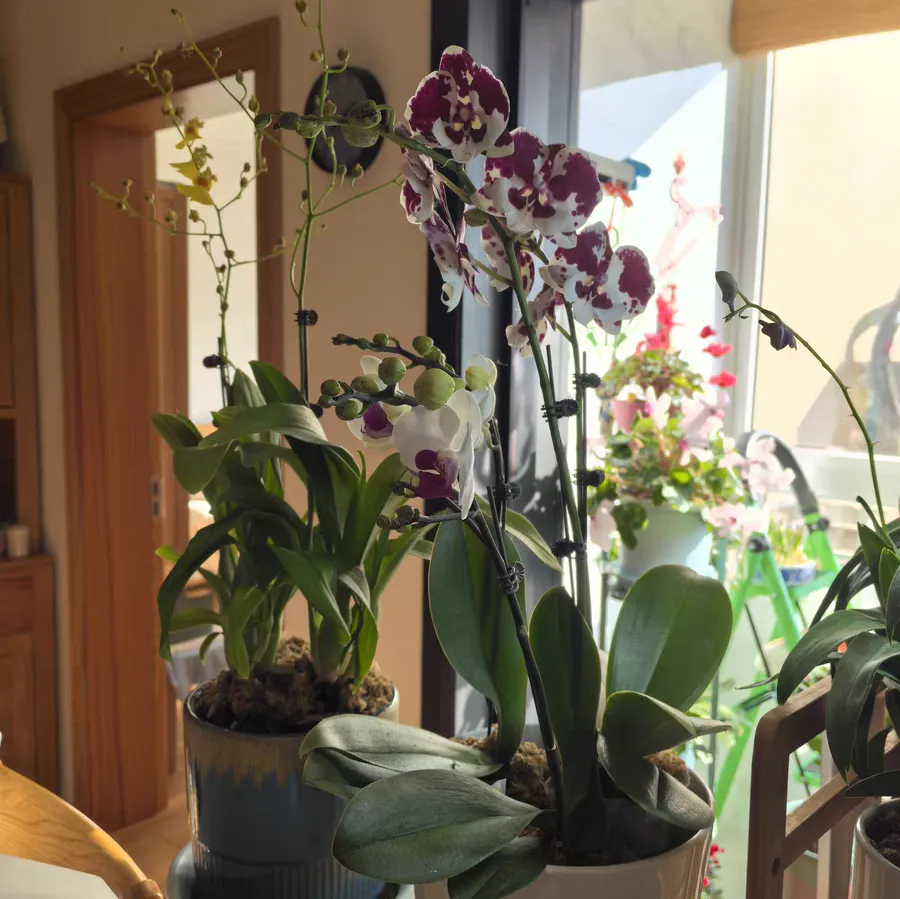Winter is a season of relative dormancy or slow growth for most plants. Therefore, extra care is needed when carrying out repotting operations in winter to avoid unnecessary harm to the plants.
Types of plants not suitable for repotting in winter
Camellia: Camellia is a plant with relatively high requirements for soil and is especially suitable for growing in acidic soil. Camellias in the flowering season are most averse to being repotted, as they are prone to dropping flower buds and leaves after being repotted. If it is really necessary to change the soil, it is recommended to transplant it together with the original soil, avoid disturbing the roots, and ventilate more after repotting. Water it when the soil is dry, following the principle of watering frequently but in small amounts.
Bougainvillea: Bougainvillea is not frost-resistant. When the temperature is lower than 15 °C, it is not suitable for repotting. In a low-temperature environment, bougainvillea has difficulty adapting to new soil and temperature conditions, which can easily lead to the death of the plant. If the indoor temperature in winter is not lower than 7 °C, although it is theoretically possible to repot, special care must be taken. The optimal repotting temperature is above 18 °C. After repotting, prune the old leaves, place the plant in a shady place for a week to allow the seedlings to recover, and then gradually increase the light.
Kalanchoe blossfeldiana: Repotting Kalanchoe blossfeldiana in winter will affect its flowering period, causing the leaves to wilt, wither or even die. Kalanchoe blossfeldiana purchased in winter is usually already in bloom, and there is no need to change its soil. If it is really necessary to repot, it is recommended to change to a flowerpot that is twice the size of the original one, transplant the plant with the soil together, and maintain it as usual.
Sansevieria trifasciata: Sansevieria trifasciata has relatively small roots and grows slowly in winter. If it is repotted at this time, the roots will become unstable and it will be difficult for the plant to adapt to the new pot. Repotting in winter will consume nutrients, make the leaves wrinkled and thinner, and increase the difficulty of cultivation. The optimal repotting temperature for Sansevieria trifasciata is above 20 °C. It is most appropriate to repot when the temperature is warm.
Skills and Precautions for Repotting in Winter
Soil preparation: Prepare loose, fertile and well-ventilated soil according to the needs of the plants. For example, camellia can use a mixture of leaf mold, garden soil, coal cinders and decomposed compost as the cultivation soil.
Disinfection treatment: Before repotting, check and prune the rotten roots, and carry out sterilization and disinfection treatment with potassium permanganate solution or carbendazim solution.
Drainage layer setting: Add a layer of coal cinders or fermented peanut shells at the bottom of the new flowerpot as a drainage layer to prevent water accumulation.
Gradual adaptation: After repotting, place the plants in a cool and ventilated place for maintenance, and gradually increase the light to allow the plants to adapt to the new environment.
Precautions
Temperature control: Ensure that the indoor temperature is appropriate and avoid repotting in extremely cold or hot conditions.
Keep moist: Keep the soil moist after repotting, but do not allow water to accumulate to avoid root rot.
Avoid soil in the center of leaves: During the repotting process, try to avoid soil slipping into the center of the plant's leaves to prevent leaf rot.
Appropriate fertilization: Appropriate fertilization can be carried out after repotting to promote the recovery and growth of the plants, but the fertilizer effect should not be too strong.
Repotting in winter requires caution. A slight mistake may lead to the withering and death of plants. Only by understanding the growth habits of plants and repotting skills and choosing the appropriate time for repotting can we ensure the healthy growth of plants.
Which plants are not suitable for repotting in winter?

Share with
Tagged in :




Leave a Reply